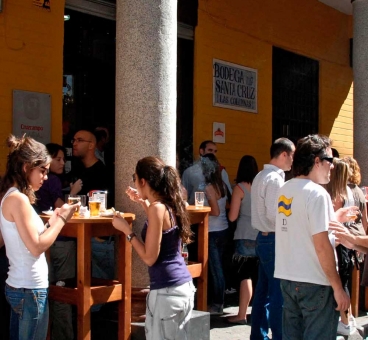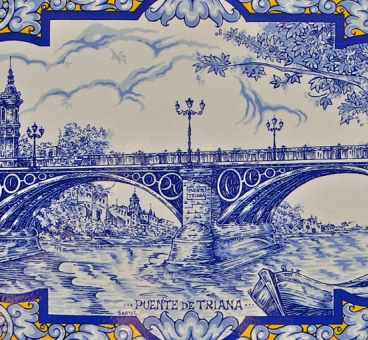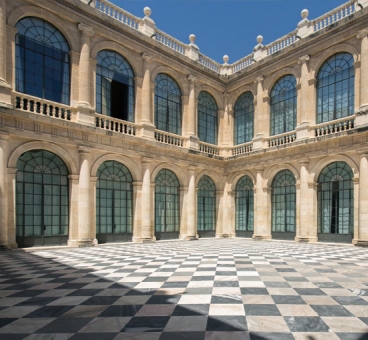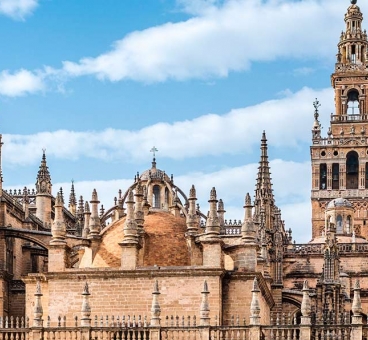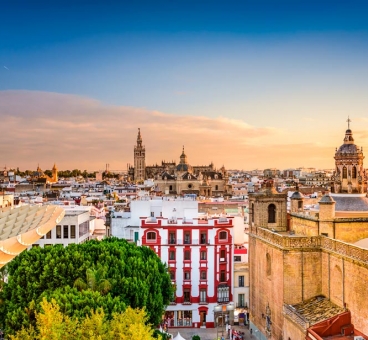80 million pages, 8,000 maps and drawings, more than 40,000 files of great historical value. All this preserves in its eight linear kilometres of shelves one of the most significant buildings in Seville: the General Archive of the Indies, declared a World Heritage Site by UNESCO.
It was during the reign of Philip II that “la Lonja de Sevilla” was built in order to prevent merchants from using the Cathedral's grandstands for their dealings. The Casa Lonja de Mercaderes became the General Archive of the Indies in 1785, for logistical reasons and in keeping with the spirit of the Enlightenment. King Charles III decided to undertake a large collection of historical material in this building.
The documentary collections of the Archive of the Indies come from various sources and organizations. The most relevant are the Casa de la Contratación, which regulated trade and navigation between the 16th and 18th centuries, and the Consejo de Indias, an advisory body to the Spanish crown for the administration of overseas territories until the 19th century.

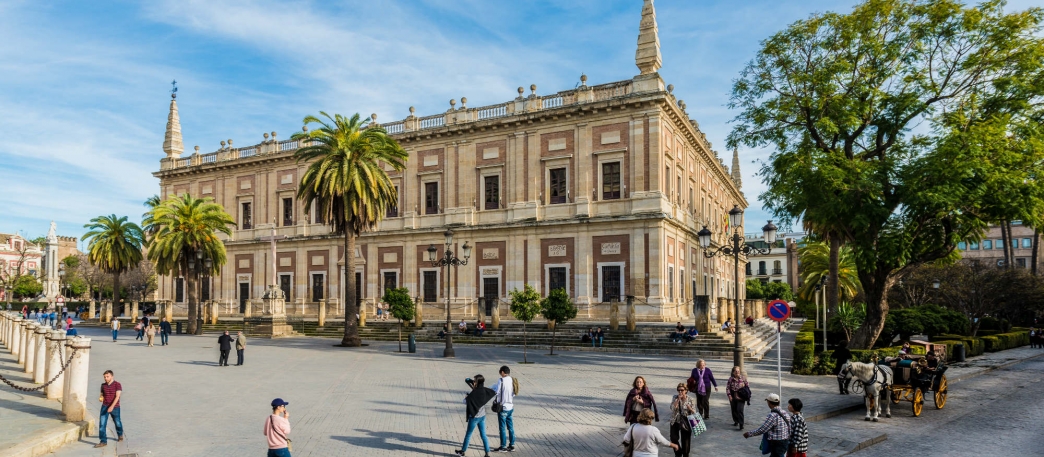
In the heart of Seville, there is a monumental triangle where you have the feeling of traveling in the past. The Cathedral of Seville, the Real Alcázar and the Archivo de Indias are only a few hundred metres apart, and among them we can summarize a good part of our history.
It was declared a World Heritage Site by UNESCO in 1987.
From the Plaza del Triunfo you can see both the Cathedral of Seville, the walls of the Alcázar and the Archivo de Indias
tweet- The tourist visit to the Archive of the Indies is free of charge. In case of groups it is necessary to book in advance.
-
It can be visited from Tuesday to Saturday from 9:30 to 17:00, and Sundays and public holidays from 10:00 to 14:00.
-
The Archive of the Indies also offers spaces for research and consultation of the collections.
